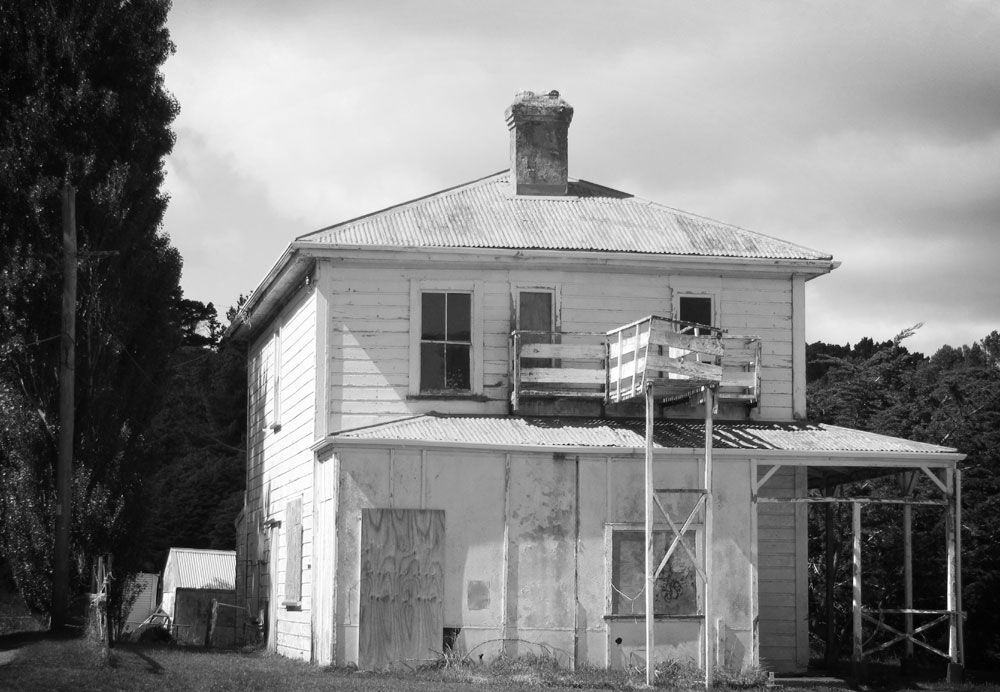Table Of Content

Thus, in a society where citizens are harshly punitive with respect to crime but frugal with their tax dollars when it comes to supporting correctional institutions, residential correctional programs are a popular option. Thus, in the final analysis, cost more than philosophy may lead to a burgeoning population of residential community treatment centers and correctional programs as alternatives to incarceration and as the nuclei of community corrections. By the 1980s, independent of the early (pre-parole) release or postrelease (parole) function of the halfway house, they remained community-based residential programs that provided structure and services to offenders. The majority were operated by private, nonprofit organizations with boards of directors made up of leaders from the criminal justice, educational, and religious communities, as well as other dedicated citizens. Board members often provided access to recreational, religious, medical, vocational, and transportation services, as well as assistance with obtaining gainful employment.
Lebanon, Virginia halfway house, former president plead guilty to wire fraud, false statements - WJHL-TV News Channel 11
Lebanon, Virginia halfway house, former president plead guilty to wire fraud, false statements.
Posted: Thu, 09 Nov 2023 08:00:00 GMT [source]
How Long Can You Stay in a Sober-Living House?
Every halfway house will have a different cost, depending on how many staff they hire, the local price of rent, and how much privacy is afforded the residents (i.e., if rooms are shared with just two or three people or many more). Halfway houses are often funded partly by the government, although residents must pay some rent and cover their bills, food, and toiletries. Some halfway houses set a fixed price for rent, and others bill a certain percentage of the resident’s income. Depending on how emotionally strong the person is when they enter rehab or how supportive their home environment is, people can stay at a halfway house for anywhere between a few weeks and a year. Most people do not need to live in a halfway house for more than 4 or 5 months. The purpose of a halfway house is to help people who need some support to reintegrate into society after completing rehab.
Sober Living
“Halfway house” can refer to different types of facilities that share some similarities. These facilities range from entirely carceral to not carceral at all (represented by the locked doors), and feature different priorities and programming for the people residing in them. Their purposes can also overlap, as community based correctional facilities, for instance, house individuals at various stages in their incarceration. For the purpose of this briefing, however, we are focusing on “Halfway Houses in the Criminal Justice System”– which are state or federally contracted facilities for people leaving state or federal incarceration. Federally contracted halfway houses are called Residential Reentry Centers (RRCs).
I. Federal Halfway House – A Brief Overview
One reason that we know more about federal than state-level halfway houses has to do with the contracting process. Typically yes, unless you are actively using or still undergoing detox. Recovery homes, and by extension, the residents of sober halfway houses, are meant to help guide addiction patients through the early stages of sobriety. If the resident lives at a halfway house, the time is capped at one year. If they are in a sober living home, the time they remain is up to their choosing. Talk with your care team to determine what length of time works best for you.
How Much Does a Halfway House Cost
As part of your drug addiction treatment, you may be seeking out a mental health professional. If so, this is a great time to ask them of connections they have to a sober living facility. In an inpatient rehab program, you will discover that many people are traveling down the same road as you, and you can support each other. People who are addicted to drugs will know that no one, no matter how understanding and empathetic, can understand them as well as other recovering addicts and mental health professionals can.
There may also be staff members who support the recovery process, like social workers, therapists, and counselors. Also like other sober-living environments, halfway houses generally have systems in place to keep residents sober, and drugs tests are usually administered to monitor for any substance use. They also often come with additional mental health, medical, recovery or educational services that help people get accustomed to their new lives. For example, some halfway houses are geared towards people leaving prison, while others may be intended for people who have finished an inpatient drug rehab program.
College protests live updates: Police crackdown leads to hundreds of arrests
Most facilities with basic amenities cost about $400 to $800 per month, depending on their geographic region. Sobriety is an active part of everyone’s lives and is celebrated in these environments. Many halfway houses also make attending Alcoholics Anonymous (AA) or other 12-step meetings mandatory.
Some people go to a halfway house after leaving a long-term addiction treatment center, prison or a homeless situation, while others go to be in a sober living environment as they begin their journey to recovery. The state-placement of ex-criminal offenders to a "halfway house" after a prison sentence may either be decided upon as part of the judge's sentence or by a prison official's recommendation. A direct sentence to a halfway house can be decided upon by a judge or prosecutor in lieu of prison time. Some facilities, like community-based correctional facilities, can serve dual functions that blur the lines of what facilities are and are not halfway houses.
Halfway houses for convicted criminals
However, it is difficult to know how many sober living homes there are in California because they do not need to report to state licensing agencies. Still, many are affiliated with coalitions or associations that monitor health, safety, quality and adherence to a peer-oriented model of recovery such as The California Association of Addiction Recovery Resources (CAARR) and The Sober Living Network. In order to find the right sober living home, it’s important that you know what it is first.

Or maybe you're going to start an outpatient program, but living at home isn't a sober, supportive environment for you. As well as serving as a residence, halfway houses provide social, medical, psychiatric, educational, and other similar services. They are termed "halfway houses" due to their being halfway between completely independent living and in-patient or carceral facilities, where residents are highly restricted in their behavior and freedoms. Rather than housing people in the throes of addiction, sober living homes provide a space for people seeking to establish a new trajectory for their lives, which includes a practical application to sobriety. The purpose of a halfway house is to provide transitional housing for people who need it most. The focus was to separate the user from their previous substance-abusing environment so that they could recover in a sober, supportive environment.
Lastly, halfway houses are often owned or sponsored by the state, while most sober-living houses are owned privately or by treatment facilities that want to provide continuing support for their patients. Similarly, the tenants of a sober-living home are often in the middle of an ongoing recovery process, attending Twelve Step meetings and other outpatient programs for their substance use—whereas the tenants in a halfway house may not be engaged in recovery programs. By entering a sober living home, you’ll find yourself active in recovery process.
Although halfway houses share a lot in common with sober-living homes, there are a few key differences that set them apart. Living in a sober environment helps you develop new habits and routines, taking what you learned during drug or alcohol rehab and applying it in your daily life. This is where the rubber starts to meet the road in addiction recovery. Still, after the 2003 California Attorney General’s opinion, many cities are placing rules of their own against sober living homes. When you’re seeking out a sober living home in a specific location, you’ll want to look up the specific rules and regulations of both your city and county.
According the California State Library, the house rules set up in a sober living house must be respectful to the residents, the neighbors, and the community. In order to truly know the rules of your house, you’ll want to ask either the landlord or check out the website of the house itself. If you or your loved one is suffering from substance abuse or addiction, know that there is help. Avenues Recovery Center is here to guide and direct you every step of the way to recovery.
Recovery Unplugged is a national behavioral healthcare organization with locations across the country that combines evidence-based practices with music to help clients more readily embrace treatment. We take our music-focused treatment for addiction very seriously, so we are going to hold our content to the same precision standards. Recovery Unplugged’s editorial process involves our editing safeguard and our ideals. Speak to a member of your care team if you feel as if you are at risk for relapse. Ultimately, everyone who has suffered from addiction is at risk for relapse.

No comments:
Post a Comment